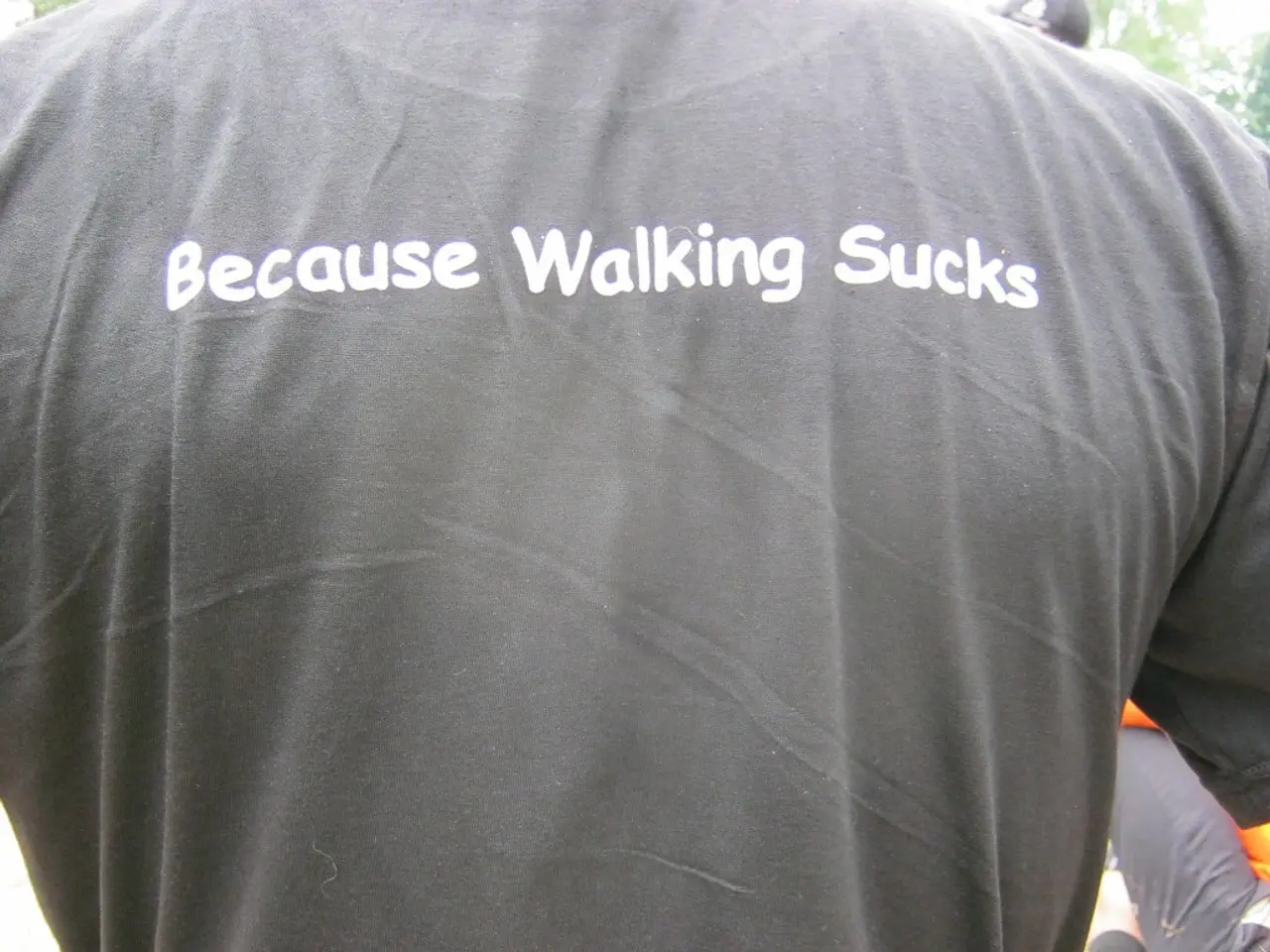Study Reveals Two Activities Boosting Recovery from Broken Heart Syndrome
A groundbreaking study led by Dr. David Gamble of Aberdeen University has opened up new possibilities for treating Takotsubo cardiomyopathy, also known as 'broken heart syndrome.' This condition, which can cause symptoms similar to a heart attack and is often associated with emotional crises, has previously lacked scientifically-backed therapeutic options.
The study, presented at the European Society of Cardiology's congress in Madrid, divided participants into three groups: one received cognitive-behavioral therapy, another followed a cardiac rehabilitation exercise program, and the third continued with standard care.
In a significant finding, both the cognitive-behavioral therapy group and the exercise group experienced a significant increase in energy available for cardiac function. This was measured using an advanced magnetic resonance technique. Moreover, the maximum oxygen consumption (VO2 max), a key indicator of functional status, increased by 15% in the cognitive-behavioral therapy group and 18% in the exercise group.
The cognitive-behavioral therapy group received twelve weekly personalized sessions, while the exercise group followed a twelve-week program with controlled physical activities. The average distance covered in six minutes by patients in the cognitive-behavioral therapy group increased from 402 to 458 meters, and by patients in the exercise group increased from 457 to 528 meters.
Dr. Gamble emphasized the importance of the 'brain-heart axis' and the need for psychosocial interventions such as cognitive-behavioral therapy and exercise. He stressed that these interventions should be accessible and targeted at historically underserved groups. Dr. Sonya Babu-Narayan, clinical director of the British Heart Foundation, echoed these sentiments, stating that cognitive-behavioral therapy improved cardiac function and physical condition in patients.
This holistic approach to treating Takotsubo cardiomyopathy offers hope to hundreds of thousands of patients, particularly older women, who are disproportionately affected by this condition and face a double risk of premature death compared to the general population.
However, the medical community maintains caution, as the study is pioneering and has limitations. Further research is needed to establish if the benefits in functional capacity translate into survival improvements or a sustained reduction in symptoms in the long term.
Meanwhile, a separate study linked seven types of foods to increased dementia risk. The study, which spanned fifteen years, found that red and processed meats, such as bacon and hamburgers, and sugary carbonated soft drinks, along with other unhealthy dietary choices categorized as ultraprocessed foods, were primary contributors to this risk. However, the study does not provide information on the specific foods associated with dementia, the accessory that effectively boosts muscle development at home, or the dairy product recommended by nutritionists to strengthen the circulatory system and care for the brain.





